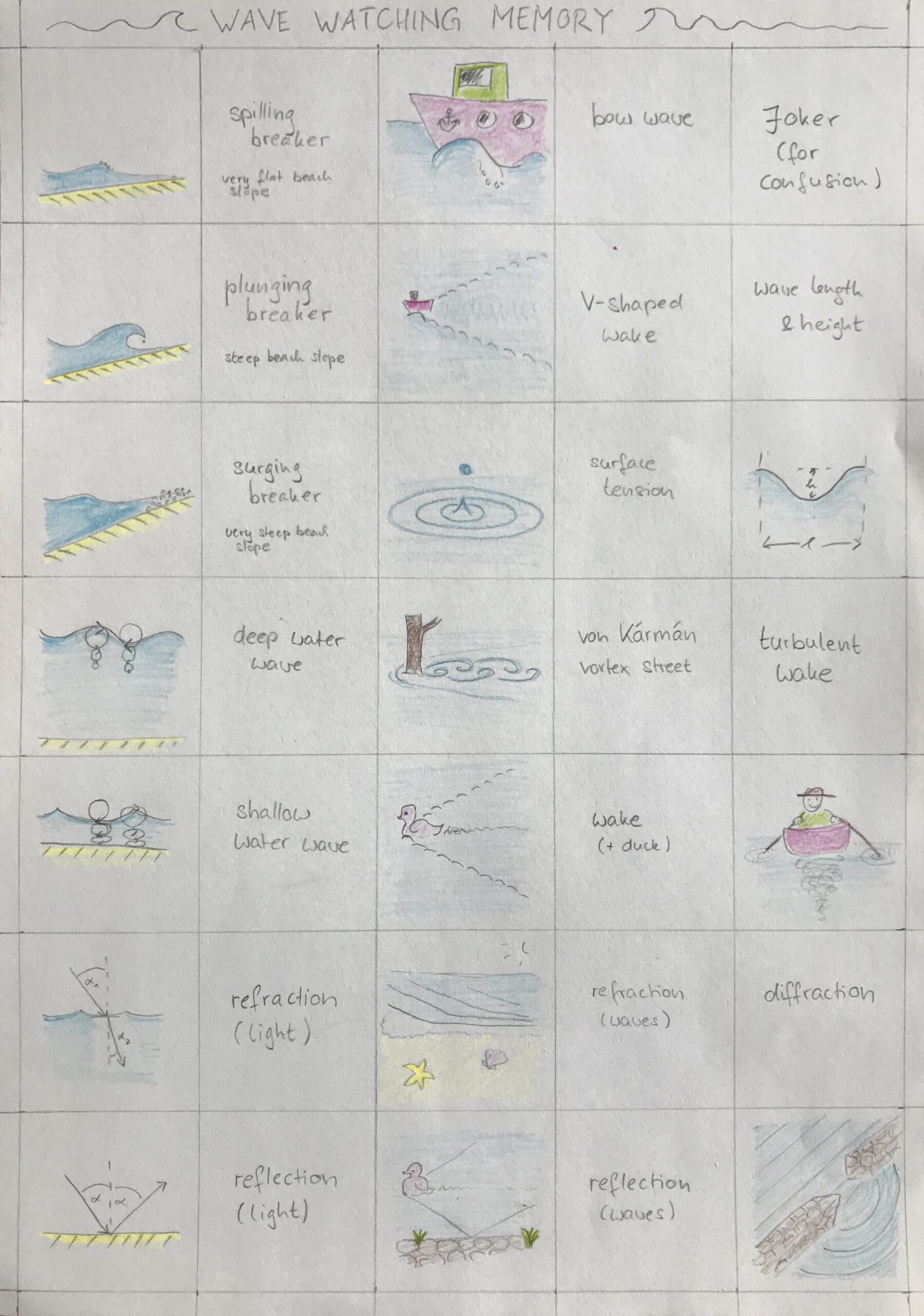
Category Archives: hands-on activity (easy)

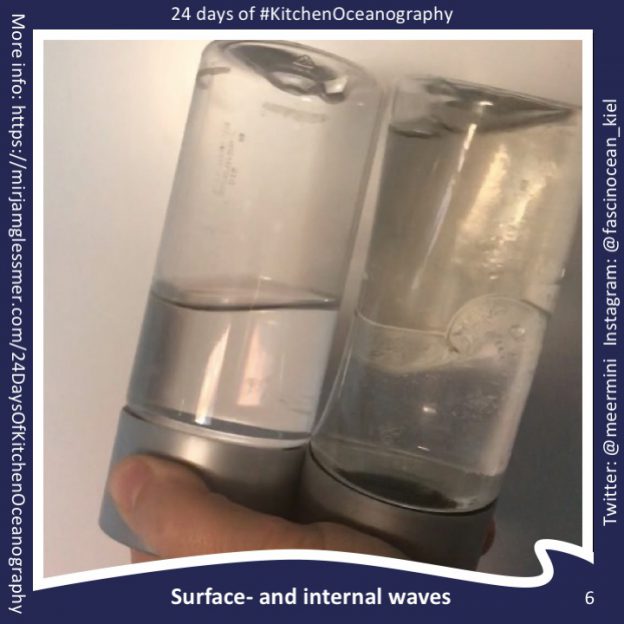
24 Days of #KitchenOceanography — Surface waves and internal waves
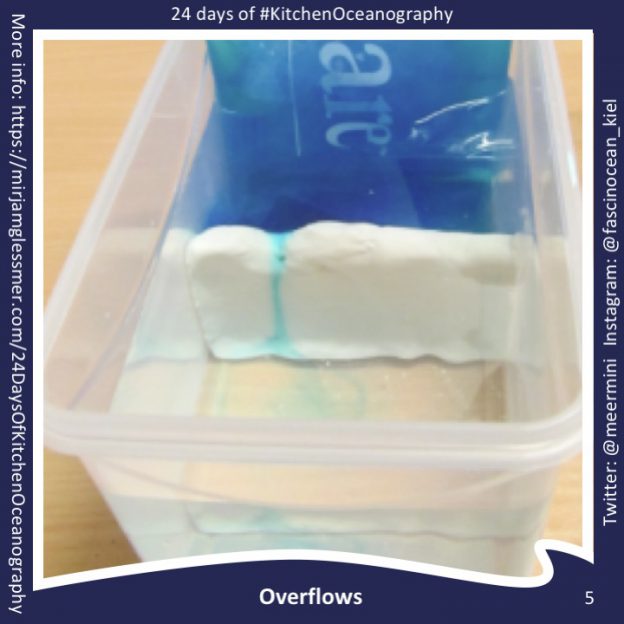
24 Days of #KitchenOceanography — Overflow experiment

24 Days of #KitchenOceanography — Melting ice cubes!
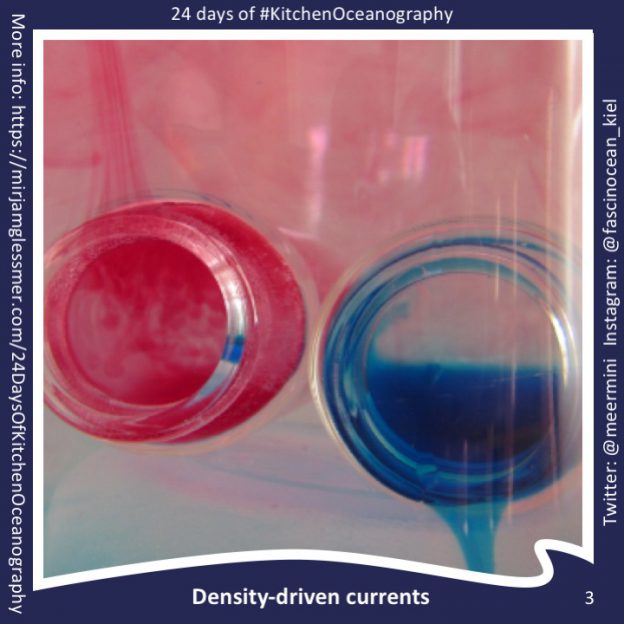
24 Days of #KitchenOceanography — Density-driven currents
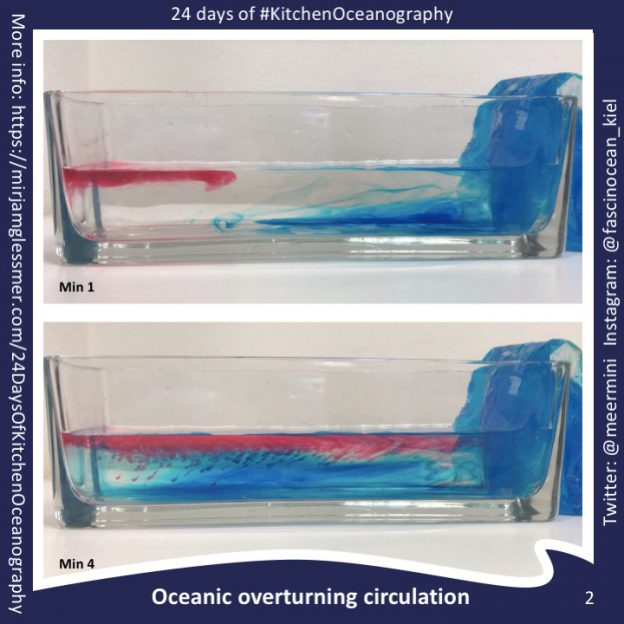
24 Days of #KitchenOceanography — Oceanic overturning circulation
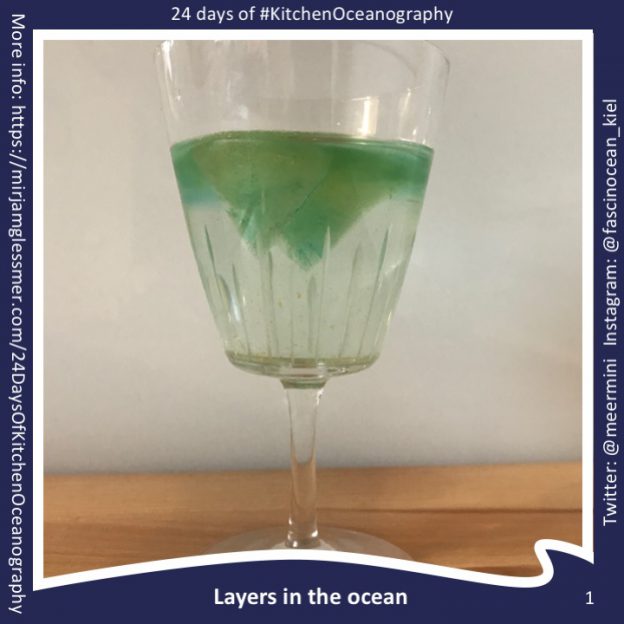
24 Days of #KitchenOceanography — Layers in the ocean
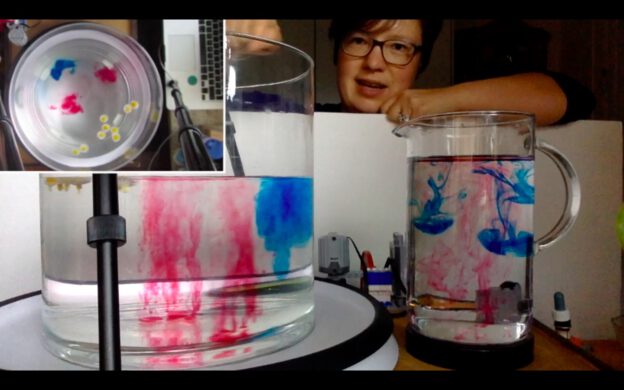
Rotating vs non-rotating turbulence
Last Thursday, Torge & I invited his “atmosphere & ocean dynamics class” to a virtual excursion into my kitchen — to do some cool experiments. As you know, I have the DIYnamics rotating table setup at home, so this is what it looked like:
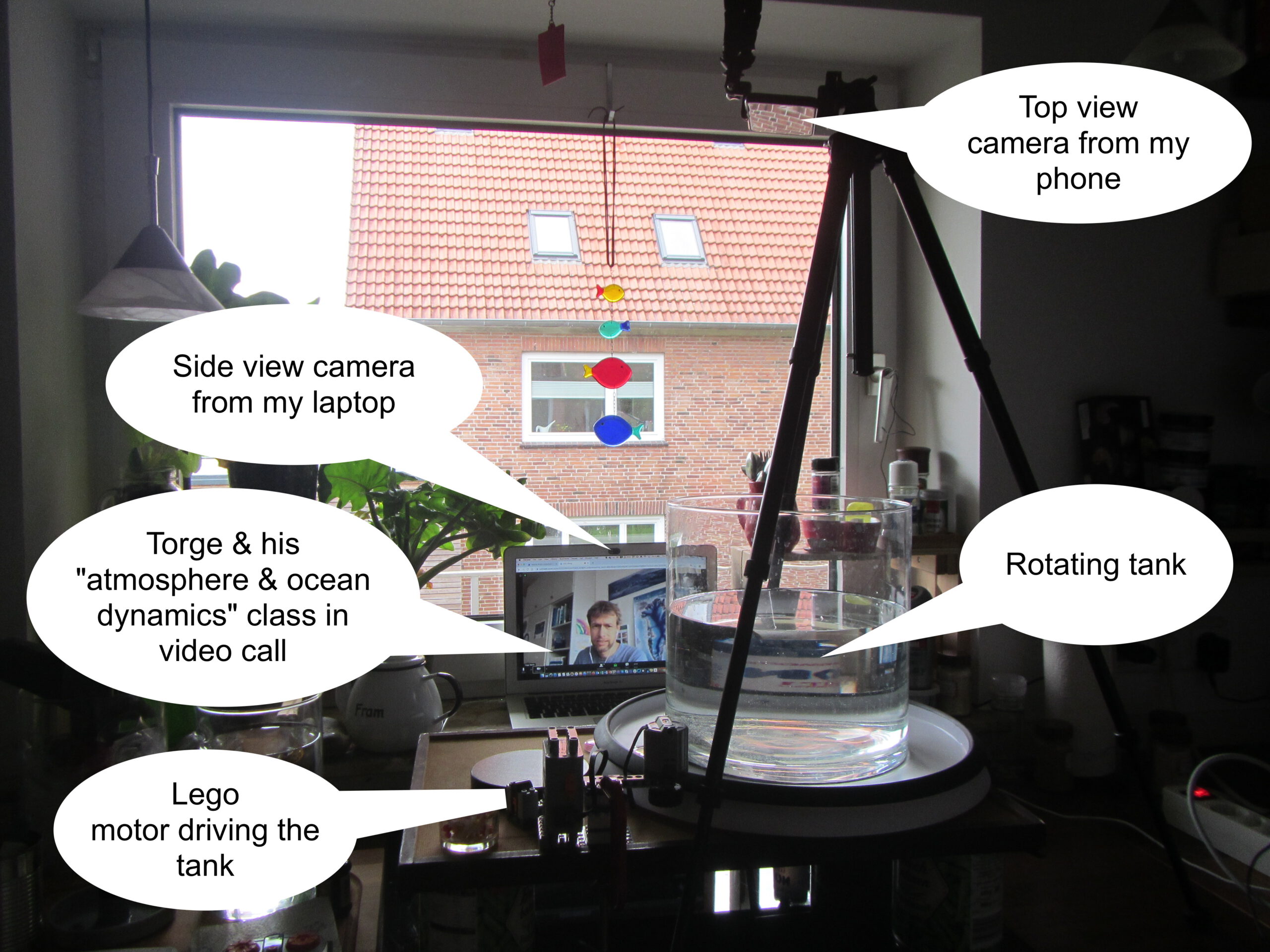
We did two experiments, the very boring (but very important) solid body rotation, and then the much more exciting (and quite pretty, see pic at the very top or movie below!) comparison of turbulence in a non-rotating and a rotating system.
We didn’t manage to record the class as we had planned, so I redid & recorded the experiments. Here are 8 minutes of me talking you through it. Enjoy!
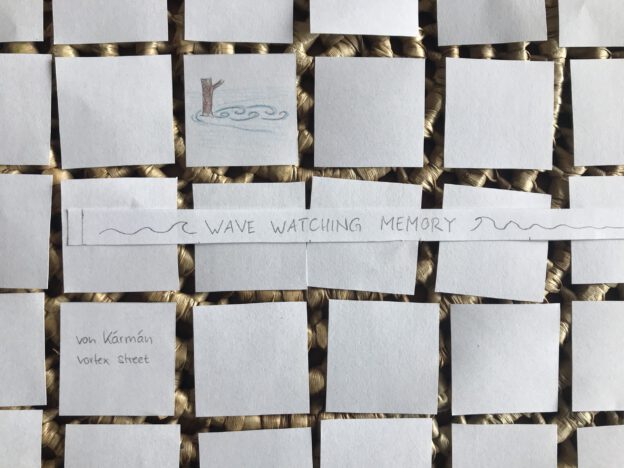
A #WaveWatching memory game for #SciCommChall
So I don’t know if this is a good idea that anyone would actually want to play with. But when I was visiting my sister last week, she was working on designing a memory game for kids, and it looked so much fun that I made one of my own, and then also made it June’s #SciCommChall.
Making a memory game — finding a concept that you think is important, and a depiction of that concept, and doing that over and over again — is definitely something that makes you think about a field in a different way! It actually reminded me of preparing for examinations during my university studies — I used to always make these little fact sheets with sketches and minimal descriptions and I remember how much I enjoyed those back then, too. And I find trying to be creative around topics you are studying (even only by drawing the little pictures and coloring them in) helps remembering them better and just organize them more neatly in my brain.
So maybe this is something to suggest to students for a fun activity? And if anyone decides to actually play with such memory games they’ll definitely think long and hard about waves! :-D
For a download of my memory game, click on the image below (or here).
Is this something you would suggest to your students? If not why not? I think it’s fun! :-)
Thermal forcing vs rotation tank experiments in more detail than you ever wanted to know
This is the long version of the two full “low latitude, laminar, tropical Hadley circulation” and “baroclinic instability, eddying, extra-tropical circulation” experiments. A much shorter version (that also includes the end cases “no rotation” and “no thermal forcing”) can be found here.
Several of my friends were planning on teaching with DIYnamics rotating tables right now. Unfortunately, that’s currently impossible. Fortunately, though, I have one at home and enjoy playing with it enough that I’m
- Playing with it
- Making videos of me playing with it
- Putting the videos on the internet
- Going to do video calls with my friends’ classes, so that the students can at least “remote control” the hands-on experiments they were supposed to be doing themselves.
Here is me introducing the setup:
Today, I want to share a video I filmed on thermal forcing vs rotation. To be clear: This is not a polished, stand-alone teaching video. It’s me rambling while playing. It’s supposed to give students an initial idea of an experiment we’ll be doing together during a video call, and that they’ll be discussing in much more depth in class. It’s also meant to prepare them for more “polished” videos, which are sometimes so polished that it’s hard to actually see what’s going on. If everything looks too perfect it almost looks unreal, know what I mean? Anyway, this is as authentic as it gets, me playing in my kitchen. Welcome! :-)
In the video, I am showing the two full experiments: For small rotations we get a low latitude, laminar, tropical Hadley circulation case. Spinning faster, we get a baroclinic instability, eddying, extra-tropical case. And as you’ll see, I didn’t know which circulation I was going to get beforehand, because I didn’t do the maths before running it. I like surprises, and luckily it worked out well!
